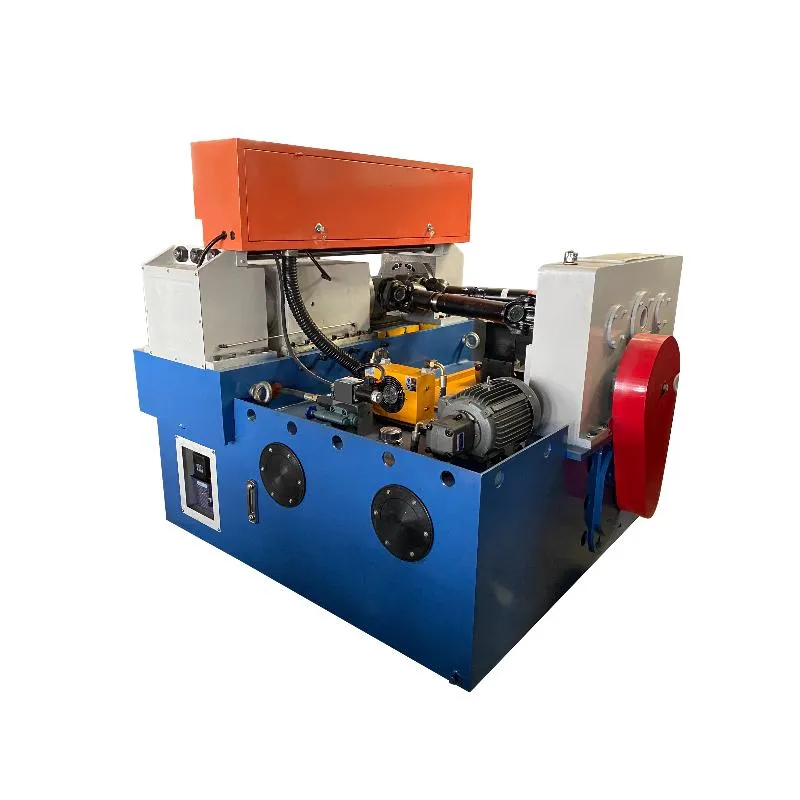
-
 Afrikaans
Afrikaans -
 Albanian
Albanian -
 Amharic
Amharic -
 Arabic
Arabic -
 Armenian
Armenian -
 Azerbaijani
Azerbaijani -
 Basque
Basque -
 Belarusian
Belarusian -
 Bengali
Bengali -
 Bosnian
Bosnian -
 Bulgarian
Bulgarian -
 Catalan
Catalan -
 Cebuano
Cebuano -
 Corsican
Corsican -
 Croatian
Croatian -
 Czech
Czech -
 Danish
Danish -
 Dutch
Dutch -
 English
English -
 Esperanto
Esperanto -
 Estonian
Estonian -
 Finnish
Finnish -
 French
French -
 Frisian
Frisian -
 Galician
Galician -
 Georgian
Georgian -
 German
German -
 Greek
Greek -
 Gujarati
Gujarati -
 Haitian Creole
Haitian Creole -
 hausa
hausa -
 hawaiian
hawaiian -
 Hebrew
Hebrew -
 Hindi
Hindi -
 Miao
Miao -
 Hungarian
Hungarian -
 Icelandic
Icelandic -
 igbo
igbo -
 Indonesian
Indonesian -
 irish
irish -
 Italian
Italian -
 Japanese
Japanese -
 Javanese
Javanese -
 Kannada
Kannada -
 kazakh
kazakh -
 Khmer
Khmer -
 Rwandese
Rwandese -
 Korean
Korean -
 Kurdish
Kurdish -
 Kyrgyz
Kyrgyz -
 Lao
Lao -
 Latin
Latin -
 Latvian
Latvian -
 Lithuanian
Lithuanian -
 Luxembourgish
Luxembourgish -
 Macedonian
Macedonian -
 Malgashi
Malgashi -
 Malay
Malay -
 Malayalam
Malayalam -
 Maltese
Maltese -
 Maori
Maori -
 Marathi
Marathi -
 Mongolian
Mongolian -
 Myanmar
Myanmar -
 Nepali
Nepali -
 Norwegian
Norwegian -
 Norwegian
Norwegian -
 Occitan
Occitan -
 Pashto
Pashto -
 Persian
Persian -
 Polish
Polish -
 Portuguese
Portuguese -
 Punjabi
Punjabi -
 Romanian
Romanian -
 Russian
Russian -
 Samoan
Samoan -
 Scottish Gaelic
Scottish Gaelic -
 Serbian
Serbian -
 Sesotho
Sesotho -
 Shona
Shona -
 Sindhi
Sindhi -
 Sinhala
Sinhala -
 Slovak
Slovak -
 Slovenian
Slovenian -
 Somali
Somali -
 Spanish
Spanish -
 Sundanese
Sundanese -
 Swahili
Swahili -
 Swedish
Swedish -
 Tagalog
Tagalog -
 Tajik
Tajik -
 Tamil
Tamil -
 Tatar
Tatar -
 Telugu
Telugu -
 Thai
Thai -
 Turkish
Turkish -
 Turkmen
Turkmen -
 Ukrainian
Ukrainian -
 Urdu
Urdu -
 Uighur
Uighur -
 Uzbek
Uzbek -
 Vietnamese
Vietnamese -
 Welsh
Welsh -
 Bantu
Bantu -
 Yiddish
Yiddish -
 Yoruba
Yoruba -
 Zulu
Zulu
Advanced Thread Rolling Machinery in China for Efficient Manufacturing Solutions
An Overview of China’s Thread Rolling Equipment Industry
In recent years, China's manufacturing sector has evolved into one of the largest and most sophisticated in the world. Among various segments of this industry, thread rolling equipment has seen substantial growth, driven by the increasing demand for precision components in multiple applications, including automotive, aerospace, and industrial machinery. This article explores the importance, technology, and future trends of thread rolling equipment in China.
Understanding Thread Rolling Equipment
Thread rolling is a manufacturing process used to create threads on cylindrical objects through the use of dies. Unlike traditional cutting methods, thread rolling is a cold-working process that deforms the material to form the desired thread profile. This method offers several advantages such as improved strength, fine surface finish, and better dimensional accuracy. Given the complexities involved in various applications, the need for efficient and reliable thread rolling equipment is paramount.
China’s Competitive Edge
China's thread rolling equipment industry benefits from several factors that contribute to its competitive position in the global market. Firstly, there is significant investment in research and development (R&D). Chinese manufacturers are increasingly adopting advanced technologies, such as computer numerical control (CNC) and automation, which enhance efficiency and product quality. These technological advancements allow companies to produce a wide range of thread profiles and materials at competitive costs.
Secondly, the robust domestic market supports the growth of the thread rolling equipment industry. With the rapid expansion of sectors such as automotive and aerospace, there is a continuous demand for precise threaded components. This flourishing market encourages manufacturers to innovate and offer state-of-the-art equipment that caters to specific industrial needs.
china thread rolling equipment

Current Developments and Innovations
Chinese manufacturers are at the forefront of several innovations in the thread rolling equipment sector. For example, companies are developing multi-slide thread rolling machines that allow for the simultaneous processing of multiple threads, vastly increasing productivity. Additionally, advances in materials science mean that newer, more durable materials can be utilized in the production of rolling equipment, resulting in machines that have longer lifespans and lower maintenance costs.
Moreover, there has been a notable shift towards electric and hybrid machines. These machines not only consume less energy but also offer enhanced control mechanisms, leading to reduced waste and improved overall efficiency. The incorporation of smart technologies such as the Internet of Things (IoT) in thread rolling machines is also emerging, promoting better monitoring, predictive maintenance, and enhanced data analytics capabilities.
Global Impact and Future Outlook
China has positioned itself as a global leader in the manufacturing of thread rolling equipment. Exporting to various countries, Chinese manufacturers are beginning to establish a reputation for high-quality machinery at competitive prices. In particular, Southeast Asia, Europe, and North America represent growing markets where Chinese thread rolling equipment has made significant inroads.
Looking ahead, the future of the thread rolling equipment industry in China appears bright. Market analysts suggest that the increasing demand for lightweight and high-strength materials in industries such as automotive and aerospace will continue to drive growth. Moreover, as manufacturing processes become more sophisticated, the need for advanced thread rolling technology will rise.
In summary, China’s thread rolling equipment industry is not only thriving domestically but has also established a solid global presence. With ongoing innovations and increasing investment in technology, the industry is well-prepared to meet future challenges and demands. As the manufacturing landscape continues to evolve, thread rolling equipment will undoubtedly play a crucial role in shaping the future of precision manufacturing across various sectors.
